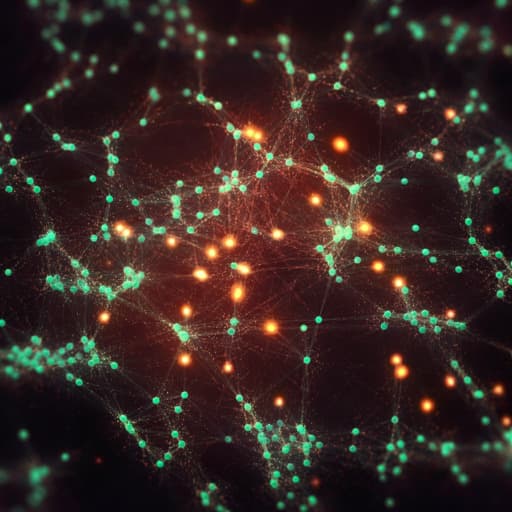
Medicine and Health
A comparative study of COVID-19 transcriptional signatures between clinical samples and preclinical cell models in the search for disease master regulators and drug repositioning candidates
H. Chapola, M. A. D. Bastiani, et al.
This groundbreaking research by Henrique Chapola, Marco Antônio De Bastiani, Marcelo Mendes Duarte, Matheus Becker Freitas, Jussara Severo Schuster, Daiani Machado De Vargas, and Fábio Klamt uncovers critical COVID-19 master regulators and explores potential drug repositioning candidates through an innovative comparison of clinical lung autopsy samples and preclinical cell models. Discover how these findings bridge the gap between lab results and real-world applications in treating this pandemic illness.
~3 min • Beginner • English
Related Publications
Explore these studies to deepen your understanding of the subject.







